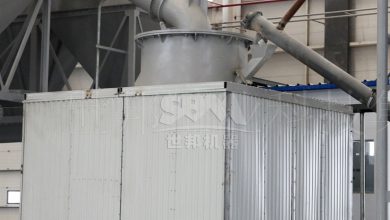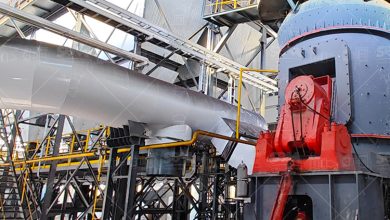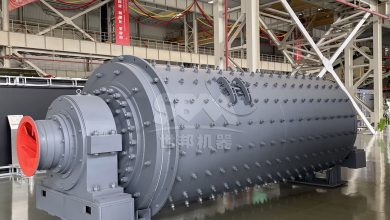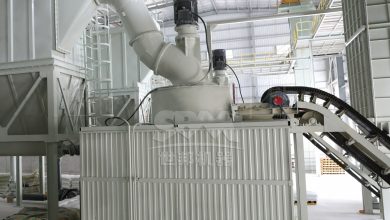Effective Dust Collection Solutions for Dry Grinding Mills
Effective Dust Collection Solutions for Dry Grinding Mills
In the mining and mineral processing industries, dry grinding mills are essential for reducing particle sizes of various materials. However, these operations generate significant amounts of dust, which poses serious health, safety, and environmental challenges. Effective dust collection systems are therefore critical to maintaining operational efficiency and regulatory compliance.
The Importance of Dust Control in Grinding Operations
Dry grinding processes create fine particulate matter that can:
- Endanger worker health through respiratory exposure
- Create explosion hazards with combustible materials
- Reduce equipment lifespan through abrasive wear
- Violate environmental emission standards
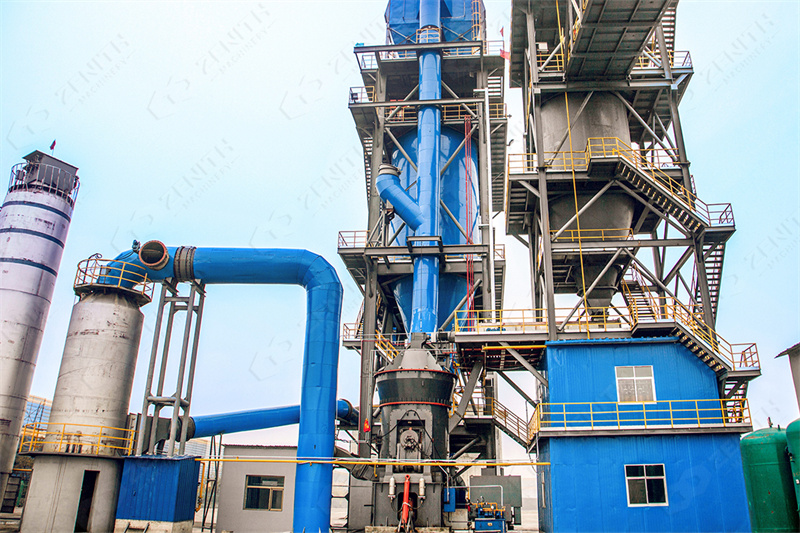
Advanced Dust Collection Technologies
Modern dust collection solutions incorporate several key technologies:
1. Pulse Jet Baghouse Systems
These systems use compressed air pulses to clean filter bags automatically, maintaining high filtration efficiency (typically 99.9%+ for particles >1μm). Key features include:
- Self-cleaning mechanism for continuous operation
- Variable frequency drives for energy optimization
- Fire suppression systems for combustible dusts
2. Cyclone Pre-separators
When integrated before baghouses, cyclones:
- Remove 80-95% of coarse particulates (>10μm)
- Reduce load on final filtration stages
- Extend filter media life
ZENITH’s Integrated Dust Control Solutions
With over 30 years of experience in grinding equipment manufacturing, ZENITH has developed advanced dust collection systems specifically designed for our grinding mills. Our solutions combine:
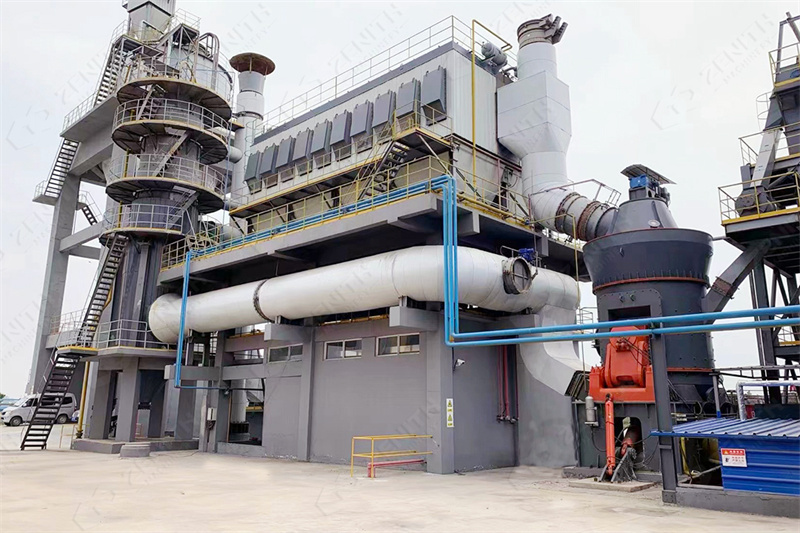
Featured Product: XZM Ultrafine Mill with Integrated Dust Control
The XZM Ultrafine Mill represents our latest innovation in dust-controlled grinding technology:
- Pulse除尘效率: Exceeds international standards with >99.97% collection efficiency
- Noise control: Integrated soundproofing maintains operation below 75dB
- Smart monitoring: Real-time pressure sensors optimize filter cleaning cycles
Technical specifications:
| Model | Capacity (t/h) | Power (kW) | Dust Emission (mg/m³) |
|---|---|---|---|
| XZM221 | 0.5-4.5 | 75 | <15 |
| XZM268 | 5.0-25 | 315 | <15 |
Secondary Solution: MTW Series Trapezium Mill
For larger-scale operations, our MTW Series Trapezium Mill offers:
- Combined cyclone-baghouse system with 99.5% efficiency
- Wear-resistant air ducts for extended service life
- Optional nitrogen inerting for explosive materials

System Design Considerations
Effective dust collection requires proper system design:
1. Airflow Calculation
Critical parameters include:
- Minimum transport velocity (typically 15-20 m/s for fine powders)
- Hood capture velocities (0.5-2.5 m/s depending on application)
- System resistance (usually 1500-2500 Pa for complete systems)
2. Material Characteristics
Key material factors affecting dust collection:
| Parameter | Impact |
|---|---|
| Particle size distribution | Determines collection efficiency requirements |
| Moisture content | Affects filter media selection |
| Explosivity (Kst value) | Dictates explosion protection measures |
Maintenance and Optimization
To maintain peak performance:
- Conduct monthly differential pressure checks
- Inspect filter media quarterly for wear
- Calibrate airflow sensors annually
- Implement predictive maintenance using vibration analysis
Conclusion
Modern grinding operations require integrated dust collection solutions that address both performance and regulatory requirements. ZENITH’s grinding mills with advanced dust control systems provide:
- Compliance with international emission standards
- Improved working environment conditions
- Enhanced equipment reliability
- Optimized energy consumption
Our global service network ensures proper installation and ongoing support for dust collection systems worldwide. Contact ZENITH’s engineering team to evaluate your specific dust control requirements.


